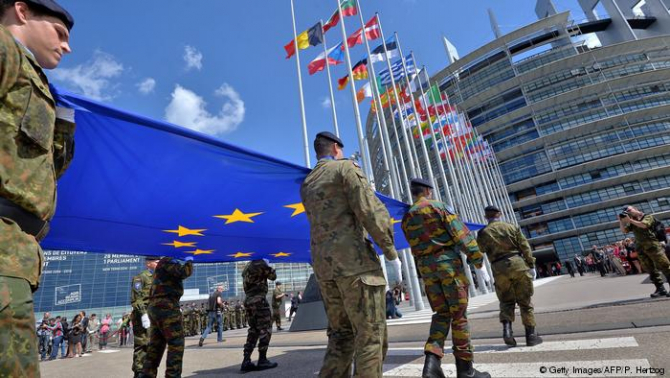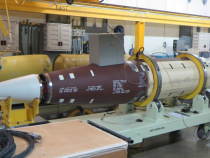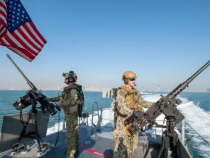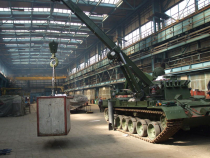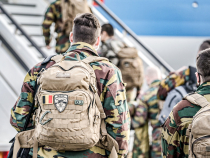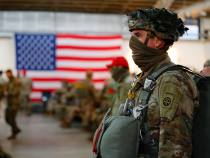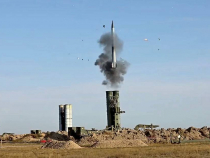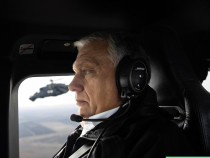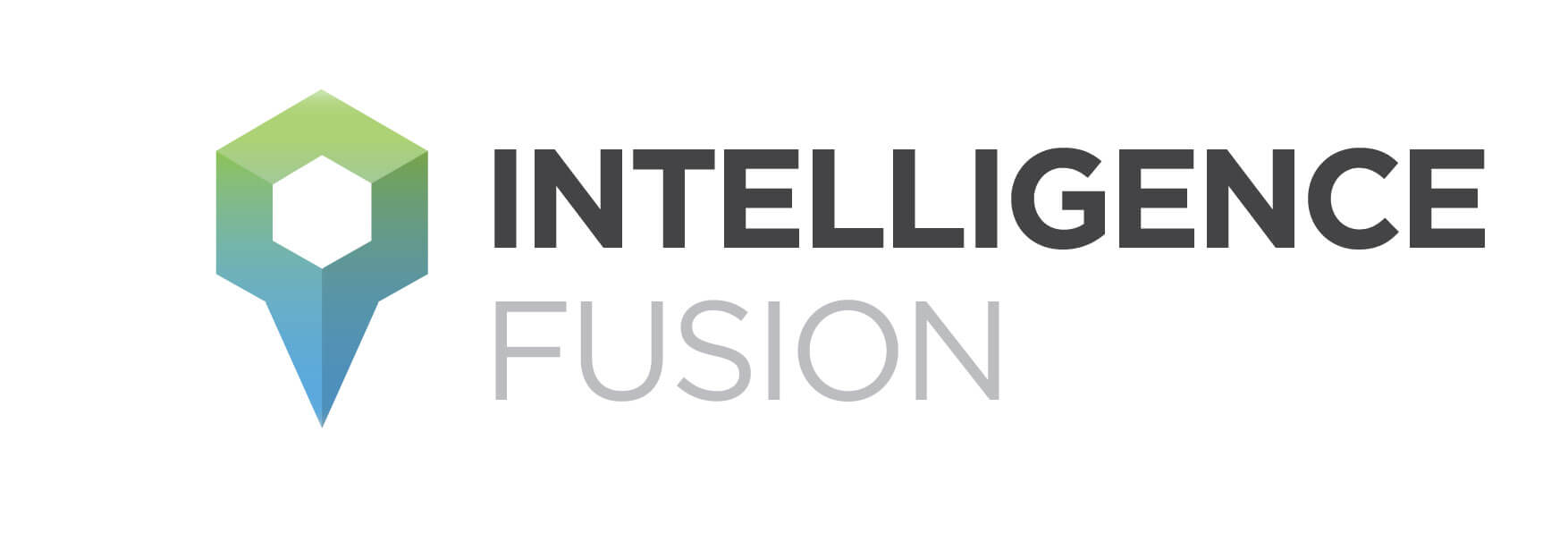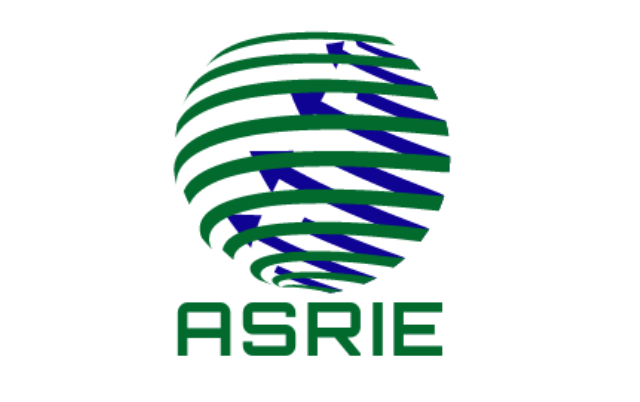Punct de vedere istoric și bine documentat, textul propus spre publicare evocă evoluția istorică a conceptului de armata europeană comună. În contextul propunerii Macron de constituire a unei armate comune europene, susținută de către cancelarul Merkel, şi ironic aplaudata de către Rusia lui Putin, publicam o privire de ansamblu cu privire la implicațiile asupra securității continentului european şi relațiile consolidate cu SUA şi NATO.
EU Military - A far fetched NATO alternative
The French president emphasized the need for a closer European Union (EU) defense union. In an interview with France’s Europe 1 radio, he said “We have to protect ourselves with respect to China, Russia, and even the United States of America… We need a Europe which defends itself better alone, without just depending on the United States, in a more sovereign manner.” While U.S. President Trump is completely against the idea insisting on the fact that USA are financing Europe's security since almost 70 years already, interestingly Russian President Putin supports it as a positive development in the region. The European leader who directly opposed the french proposal was the NATO General Secretary Stoltenberg, who rightfully so declined the initiative in any form or shape.
Concept of EU military
Initially, the idea of EU military was propounded in 1950s by then French Prime Minister Rene Pleven. The Pleven Plan, better known as European Defense Community (EDC) was meant to prevent the military possibility of another German-led war. The initiative was between France, West Germany, Italy and the Benelux countries, but failed due to non-ratification in the French parliament. Subsequently, West Germany and Italy were admitted into Western European Union (WEU) then in North Atlantic Treaty Organization (NATO). Thereafter, the complete focus shifted towards Soviet Union during Cold War.
After establishment of European Union in 1993, the Common Foreign and Security Policy (CFSP) pillar became the basis for further deepening of EU defense policy cooperation. This led to the creation of a European Security and Defense Identity (ESDI) within NATO structures. The motive was to partly allow European countries to act militarily in case NATO wished not to and also to reduce US’s financial burden of maintaining military bases in Europe. The 1998 St. Malo declaration signed between Britain and France endorsed the creation of European military force with autonomous structures. This was followed by the Helsinki Headline Goal in 1999, which envisioned creation of a formidable force of 60,000 troops capable of safeguarding European interests around the world.
The EU’s European Security and Defense Policy (ESDP) entered into force under Treaty of Amsterdam in 1999, which formally transferred WEU’s ESDI tasks to ESDP. From 2000 - 2009, the EU expanded framework by providing legal foundation, adopting security strategy, and creating various agencies for better defense integration. The Treaty of Libson in 2009 renamed ESDP to Common Security and Defense Policy (CSDP), it became an integral part of the EU’s comprehensive approach towards crisis management, drawing on civilian and military assets. With increased terrorist attacks and activities in Europe, this gave rise to new EU initiatives such as Permanent Structured Cooperation (PESCO), Coordinated Annual Review on Defense (CARD), European Defense Fund (EDF) and Military Planning and Conduct Capability (MPCC).
Over the years, EU is trying to enhance military cooperation among its member countries. The new wave of initiatives are in line to create a common and unified defense policy. And EU has largely been successful in creating a political and economic union to ensure free trade, and maintain regional peace and security.
Alternative to NATO?
In March 2018, EU Defense ministers signed off on 17 joint military projects which were part of PESCO. It is a part of wider plan to develop a defense pact for EU countries. In response to the developments, NATO’s Secretary General Jens Stoltenberg said, “They will really be the losers if they end up with two competing structures with two competing capability targets.”
The NATO was formed to secure peace in Europe, to promote cooperation among its members and to guard their freedom to counter the threat posed by Soviet Union. In recent times, the treaty acts as a collective defense to ensure security of its member countries from any kind of military threats. The powerful military alliance has a total of 29 countries which encompasses North America and Europe. As on 2017, the combined military spending of NATO countries is US$946 billion. Out of which around 67 percent was contributed by U.S that roughly equals to total spending of Germany, France, Italy, Spain, the United Kingdom and Canada.
Interestingly, EU countries are ready to spend on a new military alliance but haven’t complied with 2 percent GDP contribution towards NATO military spending. NATO’s Secretary General has mentioned that 16 countries out of 29 NATO countries are on track to meet spending standards that were agreed upon at the 2014 NATO summit in Wales. Around four-fifths of EU members are part of NATO while 25 of 28 EU member’s armed forces are part of PESCO.
This has created dilemma among the member states who have their own respective national and regional security issues. Many EU member states are very much dependent on NATO. These nations are completely against the idea of having a combined military force. Even though, French have been the oldest proponent of EU armed forces, they have received limited support from German Chancellor Angela Merkel and other member countries. It is also important to note that there has been steady rise of right-wing parties in European countries who are staunch supporters of a strong national defense forces. Even though, PESCO can be a good initiative to promote more interoperability and integration among member countries armed forces. It is not going to have the similar capability of specialized alliance such as NATO.
Future of EU military
With United Kingdom out by next year, there would be only one nuclear power among the EU members – France. France excluded itself from the joint military command of NATO, to preserve the independence of French foreign and security policies. Later, it rejoined NATO joint military command in 2009 under the leadership of Nicolas Sarkozy. France wants to have a greater political and economic influence down south, among its former African colonies. This is one of the many reasons why France is playing the role of unifier through the idea of combined military force among EU member countries and prevent emerging threats from resurgent Russia. The idea of PESCO is to have greater integration of defense industries, increasing capabilities and interoperability through cooperation, and participation in joint operations under EU’s mandate. It would need combined effort of all member countries to create an EU military force which would be equivalent to secession of one’s sovereignty.
Utkal Tripathy
Masters, Defence " Strategic Studies" University of Pune, Pune
DefenseRomania App
Fii primul care află cele mai importante știri din domeniu cu aplicația DefenseRomania. Downloadează aplicația DefenseRomania de pe telefonul tău Android (Magazin Play) sau iOS (App Store) și ești la un click distanță de noi în permanență
Fiți la curent cu ultimele noutăți. Urmăriți DefenseRomania și pe Google News
